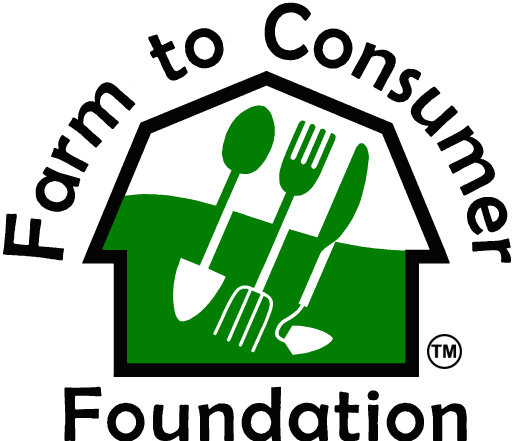Current information regarding the risks and benefits of unpasteurized (raw) dairy products is important for
decisions regarding food safety policy, and is especially relevant given increasing demand for locally sourced,
unprocessed foods, as well as in light of accumulating evidence for health benefits of consuming unpasteurized
milk.
Introduction: Determining the potential risk of foodborne illness has become critical for informing policy decisions,
due to the increasing availability and popularity of unpasteurized (raw) milk.Methods: Trends in foodborne illnesses reported to the Centers for Disease Control in the United States from 2005
to 2016 were analyzed, with comparison to state legal status and to consumption, as estimated by licensing
records.Results: The rate of unpasteurized milk-associated outbreaks has been declining since 2010, despite increasing
legal distribution. Controlling for growth in population and consumption, the outbreak rate has effectively
decreased by 74% since 2005.Discussion: Studies of the role of on-farm food safety programs to promote the further reduction of unpasteurized
milk outbreaks should be initiated, to investigate the efficacy of such risk management tools.

The recent work done by Dr Whitehead and B Lake is landmark in the battles being waged against bias and the CDC. The illness decrease of 77% while the USA experiences an increase of 357% in the numbers of raw milk producers.
Clearly, the introduction of on farm food safety management and testing has been critical to raw milk emerging as a low risk or safe food.
The work done by the Raw Milk Institute and efforts by Beals Whitman and others to reduce illness through farmer training has made a difference.